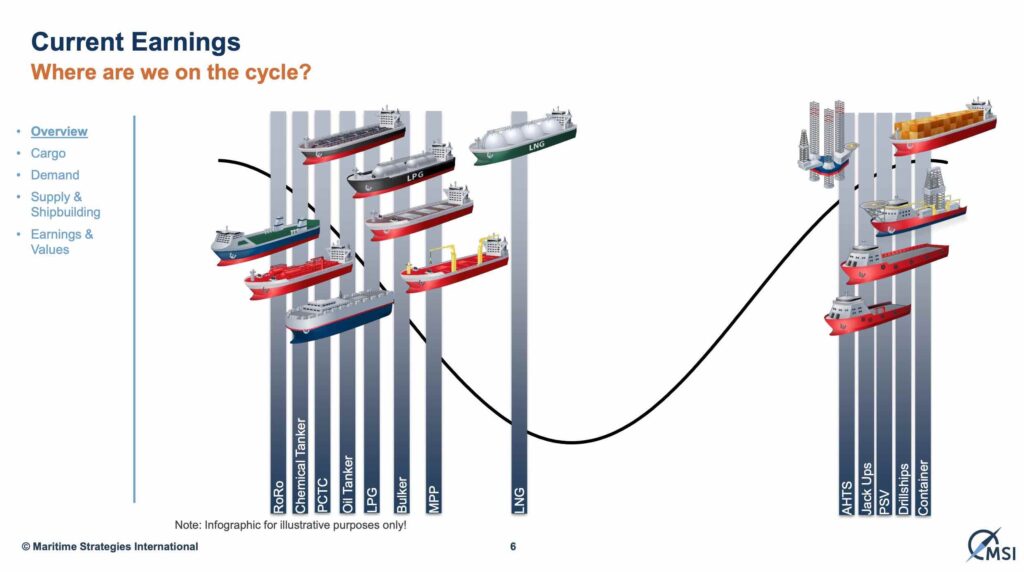Energy News Beat
BERLIN – Despite a stabilisation of oil and gas prices in the wake of Russia’s full-bore invasion of Ukraine, Germans remain hesitant to turn up their heating. The energy crisis persists in their minds, a new report finds, and on the political agenda.
It’s been almost three years since government officials encouraged citizens to reduce their oil and gas consumption amid Russia’s war on Ukraine.
From the utilities’ point of view, the cautionary rhetoric worked a little too well. Nearly 60% of Germans are sticking to their cost-saving efforts, according to a survey commissioned by Sweden-based energy group Vattenfall.
Data by German authority Federal Network Agency indicates that, in 2024, households’ and small shops’ gas consumption remained below the average level of the pre-crisis years 2018-2021, when energy poverty was less of a concern to Germans.
Overall, nearly three of four respondents polled by Vattenfall over 65 said they had become more mindful of their own energy consumption habits since 2022 – compared with less then half of the younger generation between 18 and 35 stating the same.
With the budget-minded elderly accounting for 40% of eligible voters in Germany, all major political parties have added affordable energy policies to their programs ahead of the national election next month.
While the Social Democrats suggest “social leasing” of heat pumps – i.e., a rental model for lower-income households – the Green Party proposes state contributions of up to 70% for fossil-free heating installation. Meanwhile, populist party BSW would like Germany to negotiate a reactivation of the Nord Stream pipeline from Russia, and the liberal Free Democrats want to get rid of energy taxes altogether.
Overall, Germany just experienced its hottest year on record – which, coupled with oil and gas prices subsiding from the highs of the energy crisis, helped households lower their energy bills. Prices came down by 12% for gas and 8% for heating oil over the course of 2024, German comparison portal Verivox found.
Verivox energy spokesperson Thorsten Storck said the level of prices is still high, considering that gas used to be 6 cents per kWh before the crisis and is now around 11 cents.
Costs are unlikely to come down much further, however, when one considers other drivers – such as the carbon emission tax Germany charges landlords of buildings with fossil-fuel heating.
While there is legislation to prevent landlords from passing these costs onto tenants at a full rate, a social compensation bonus for lower-income households has so far failed to materialise.
As more than half of German inhabitants live in rented accommodations, and the country’s buildings are mostly heated with oil and gas and largely not modernised in terms of energy efficiency, the majority of Germans will continue to face substantial heating bills.
Three of four respondents polled by Vattenfall said they worried about whether they would be able to afford the high cost of Germany going green – which would entail paying for the installment of heat pump or district heating, or increasingly higher fees on fossil-fueled heating.
“Many people in this country notice that the energy transition is not for free,“ said Robert Zurawski, CFO of the German company.
(AB/mk)
We give you energy news and help invest in energy projects too, click here to learn more
Crude Oil, LNG, Jet Fuel price quote
ENB Top News
ENB
Energy Dashboard
ENB Podcast
ENB Substack
The post Germans would rather shiver than pay more for heat appeared first on Energy News Beat.

















